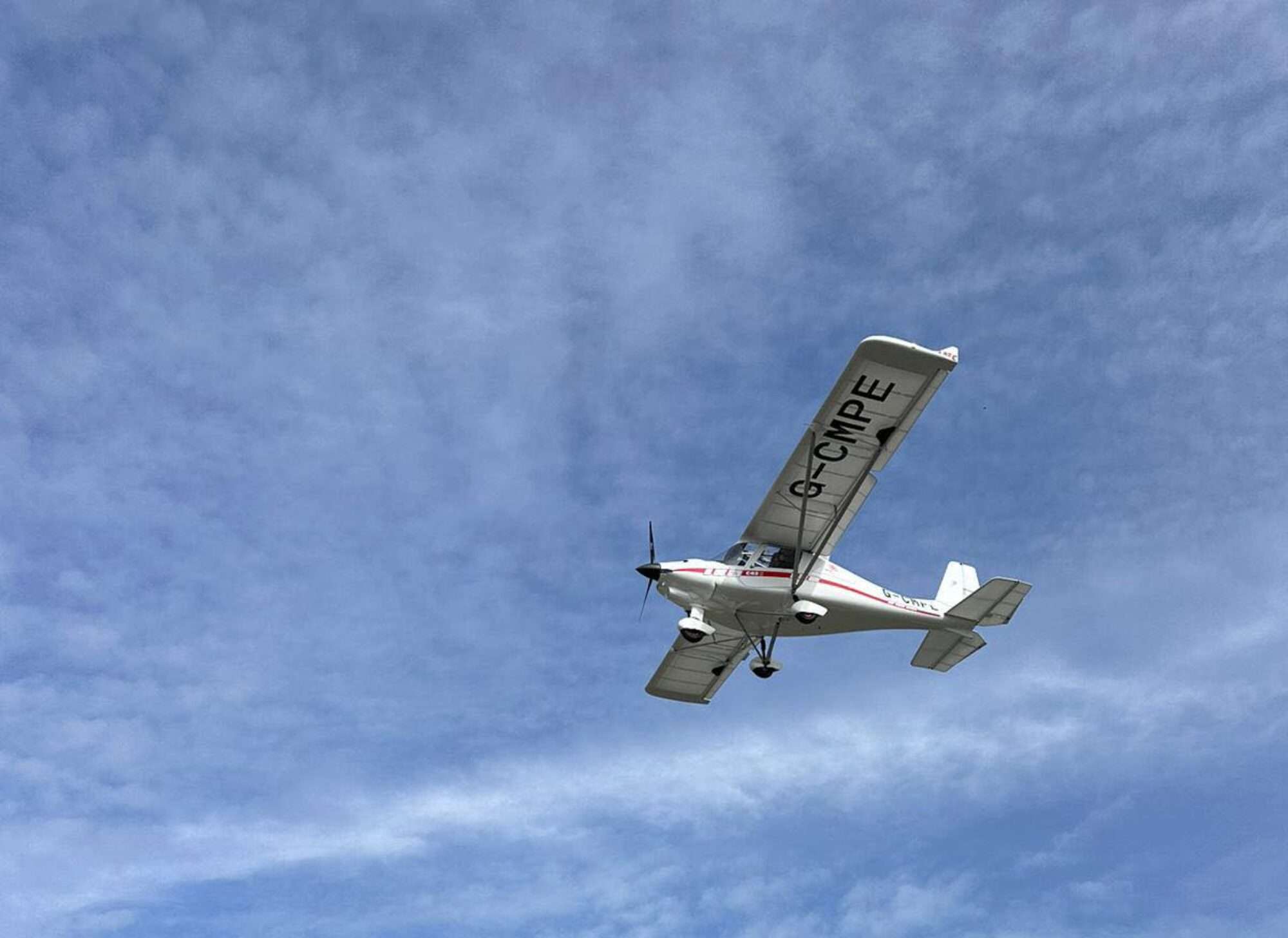GST revision Part 2 of X! i’m not sure how many parts my GST revision will be in, I guess its down to the individual, I seem to be taking longer than I read it takes others, but it is all still flying!
Today should have been solo practice of the exercises in GST revision part 1, however the wind was gusting close to the maximum for the C42, thus Mike decided it would be better to move on to practicing engine failures. As I warmed the aeroplane up the wind was straight down runway 19 which is the widest and longest runway, but by the time we were ready it had shifted around a little and we were now to use runway 21. In the past I have had a lot of issues landing on 21 due to the trees on the threshold so I didn’t see this as a good start to the day!
We taxied out and departed from runway 21 without any issue, due to the wind we took off without any flaps and were soon airborne and climbing to our altitude, which today would be just 2,500ft so as to keep clear of cloud.
We turned east after climbing out and ended up to the west of March where I practiced engine failures, on each attempt I under estimated the strength of the wind and the progress we would make into it, this left me short each time and needing to select another field closer. The fundamental error I was making, as pointed out by Mike, was selecting a field to far away instead of one out of my window and below me, one where I could just orbit losing height. Mike demonstrated how to do it and I though the field selected was far to near and we would overshoot, but as normal Mike knew best and his example was text book. As he said you can always lose height but you can’t gain distance.
Time had all to soon gone and Mike asked “Where is the airfield from here?”, the words I hate as I seldom have much of a clue as I lose my bearings while doing the exercises, I replied glibly “a better question would be where are we!”, inevitably Mike asked “OK, Where are we?” I looked around and said “well I think that is March on our left “Mike prompted me some more “how can you tell, what features does March have?” The answer was it has prison and a large number of rail tracks next to the prison, from March I knew to follow the rail track south east out of March and it would lead me back to Chatteris airfield, if I crossed the drains I knew I had missed the airfield, but this did not happen. I spotted the airfield a little late, but in time to turn onto an extended final for runway 21.

My approach was not the best, I left it late putting on any flap, I had decided due to the wind I would only use a single stage of flap, which was fine with Mike, I took too long to get on to the centre line and then, there they were, the trees (See my old post the curse of the trees)! However we were over them and I was thinking I was too high and would possibly need to go around, but with the strong headwind we came down in plenty of time and made what Mike remarked as a very good landing. This was a good way to finish the day, but I was disappointed with not making the selected fields and will need to do a lot better for the GST and more importantly if I ever find myself in a real emergency.




















